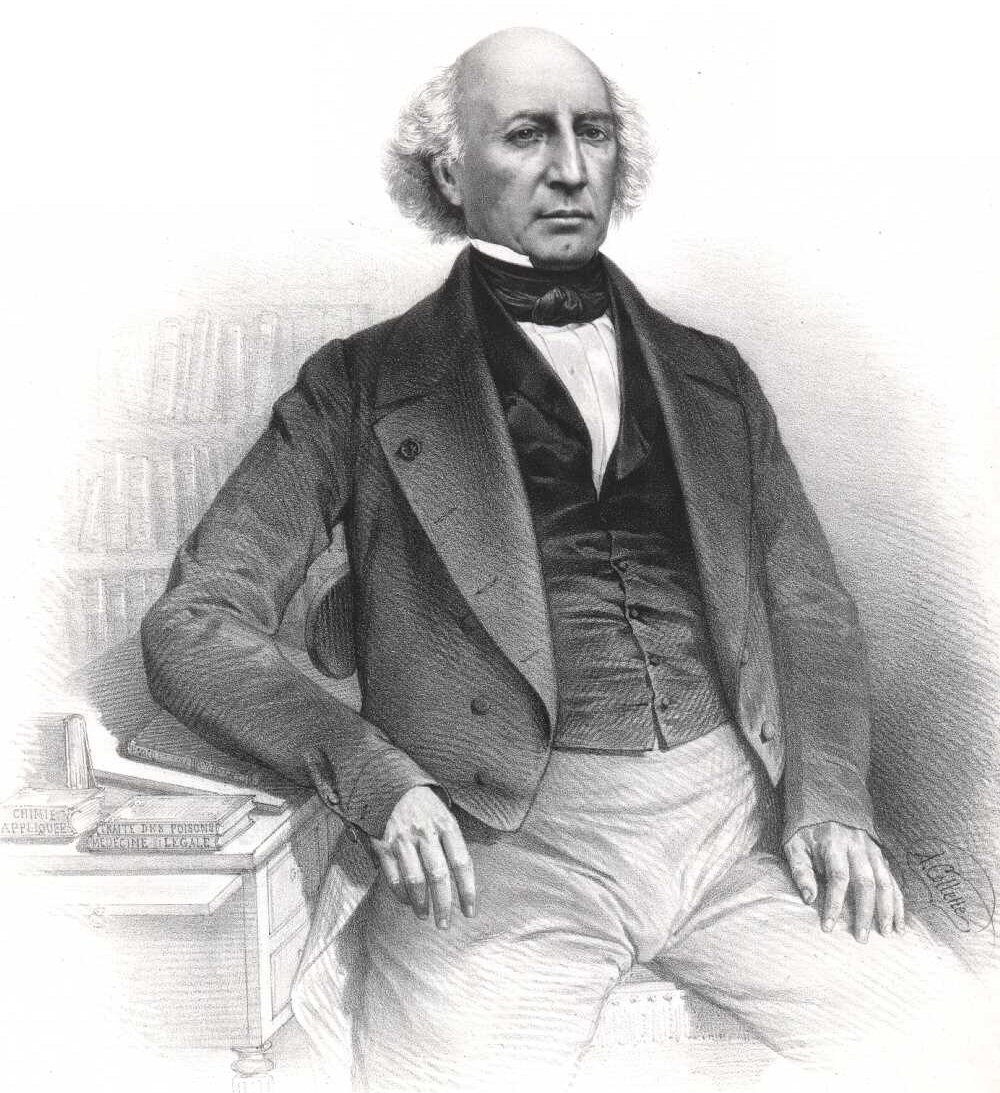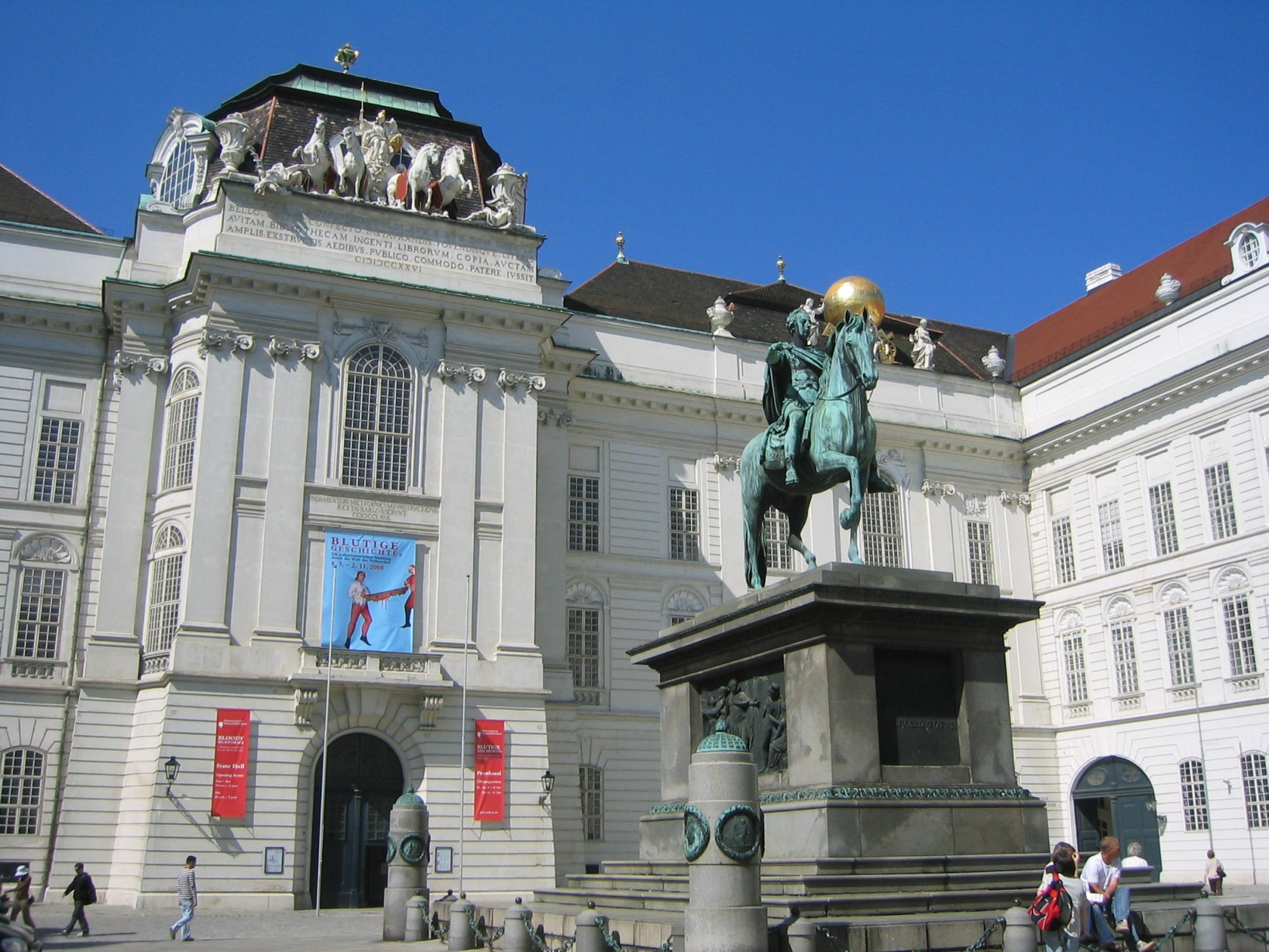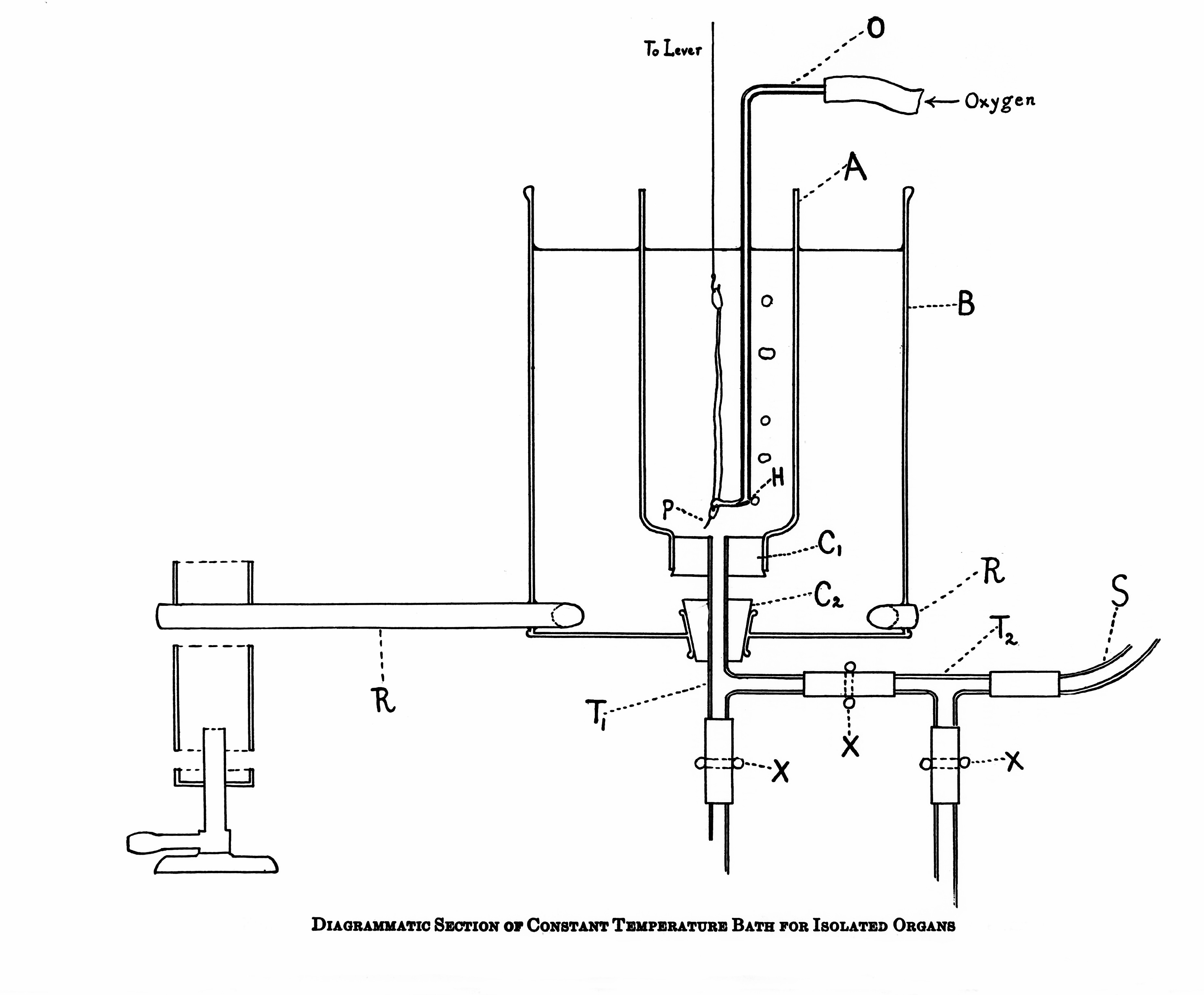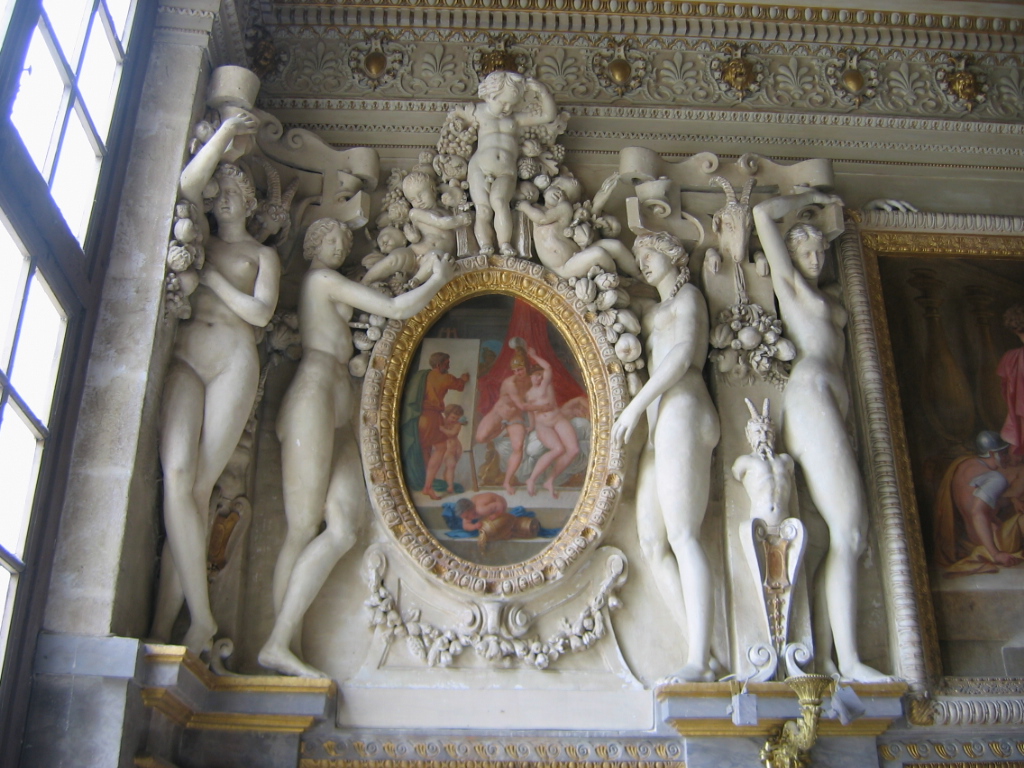|
Abu Mansur Muwaffaq
Abū Manṣūr Muwaffaq Harawī (Arabic/ Persian: ) was a 10th-century Persian physician. He flourished in Herat (modern-day Afghanistan), under the Samanid prince Mansur I, who ruled from 961 to 976. He was apparently the first to think of compiling a treatise on '' materia medica'' in Persian; he travelled extensively in Persia and India to obtain the necessary information. Abu Mansur distinguished between sodium carbonate and potassium carbonate, and seems to have had some knowledge about arsenious oxide, cupric oxide, silicic acid, and antimony; he knew the toxicological effects of copper and lead compounds, the depilatory vertue of quicklime, the composition of plaster of Paris, and its surgical use. The book, ''al-Abniya'' Between 968 and 977 C.E., Muwaffaq compiled his ''Book of the Remedies'' (''Kitab al-Abniya 'an Haqa'iq al-Adwiya'', ), which is the oldest prose work in New Persian. It is also the only work of his to survive into modern times. The book begi ... [...More Info...] [...Related Items...] OR: [Wikipedia] [Google] [Baidu] [Amazon] |
Arabic Language
Arabic (, , or , ) is a Central Semitic languages, Central Semitic language of the Afroasiatic languages, Afroasiatic language family spoken primarily in the Arab world. The International Organization for Standardization (ISO) assigns language codes to 32 varieties of Arabic, including its standard form of Literary Arabic, known as Modern Standard Arabic, which is derived from Classical Arabic. This distinction exists primarily among Western linguists; Arabic speakers themselves generally do not distinguish between Modern Standard Arabic and Classical Arabic, but rather refer to both as ( "the eloquent Arabic") or simply ' (). Arabic is the List of languages by the number of countries in which they are recognized as an official language, third most widespread official language after English and French, one of six official languages of the United Nations, and the Sacred language, liturgical language of Islam. Arabic is widely taught in schools and universities around the wo ... [...More Info...] [...Related Items...] OR: [Wikipedia] [Google] [Baidu] [Amazon] |
Toxicology
Toxicology is a scientific discipline, overlapping with biology, chemistry, pharmacology, and medicine, that involves the study of the adverse effects of chemical substances on living organisms and the practice of diagnosing and treating exposures to toxins and toxicants. The relationship between dose and its effects on the exposed organism is of high significance in toxicology. Factors that influence chemical toxicity include the dosage, duration of exposure (whether it is acute or chronic), route of exposure, species, age, sex, and environment. Toxicologists are experts on poisons and poisoning. There is a movement for evidence-based toxicology as part of the larger movement towards evidence-based practices. Toxicology is currently contributing to the field of cancer research, since some toxins can be used as drugs for killing tumor cells. One prime example of this is ribosome-inactivating proteins, tested in the treatment of leukemia. The word ''toxicology'' () ... [...More Info...] [...Related Items...] OR: [Wikipedia] [Google] [Baidu] [Amazon] |
Medieval Iranian Pharmacologists
In the history of Europe, the Middle Ages or medieval period lasted approximately from the 5th to the late 15th centuries, similarly to the post-classical period of World history (field), global history. It began with the fall of the Western Roman Empire and transitioned into the Renaissance and the Age of Discovery. The Middle Ages is the middle period of the three traditional divisions of Western history: classical antiquity, the medieval period, and the modern period. The medieval period is itself subdivided into the Early Middle Ages, Early, High Middle Ages, High, and Late Middle Ages. Population decline, counterurbanisation, the collapse of centralised authority, invasions, and mass migrations of tribes, which had begun in late antiquity, continued into the Early Middle Ages. The large-scale movements of the Migration Period, including various Germanic peoples, formed new kingdoms in what remained of the Western Roman Empire. In the 7th century, North Africa and the ... [...More Info...] [...Related Items...] OR: [Wikipedia] [Google] [Baidu] [Amazon] |
10th-century Iranian Physicians
1 (one, unit, unity) is a number, numeral, and glyph. It is the first and smallest positive integer of the infinite sequence of natural numbers. This fundamental property has led to its unique uses in other fields, ranging from science to sports, where it commonly denotes the first, leading, or top thing in a group. 1 is the unit of counting or measurement, a determiner for singular nouns, and a gender-neutral pronoun. Historically, the representation of 1 evolved from ancient Sumerian and Babylonian symbols to the modern Arabic numeral. In mathematics, 1 is the multiplicative identity, meaning that any number multiplied by 1 equals the same number. 1 is by convention not considered a prime number. In digital technology, 1 represents the "on" state in binary code, the foundation of computing. Philosophically, 1 symbolizes the ultimate reality or source of existence in various traditions. In mathematics The number 1 is the first natural number after 0. Each natural numbe ... [...More Info...] [...Related Items...] OR: [Wikipedia] [Google] [Baidu] [Amazon] |
Encyclopaedia Islamica
The ''Encyclopaedia Islamica'' is an encyclopedia on Islamic Islam is an Abrahamic religions, Abrahamic monotheistic religion based on the Quran, and the teachings of Muhammad. Adherents of Islam are called Muslims, who are estimated to number Islam by country, 2 billion worldwide and are the world ... and Iranian studies published by Brill, comprising a projected 16-volume translation of selected articles from the new Persian ''Dā'erat-ol-Ma'āref-e Bozorg-e Eslāmi'' (, "''The Great Islamic Encyclopaedia''"), supplemented by additional articles written in English by scholars affiliated with the Institute of Ismaili Studies.Mousa al-Reza WahdatiReview of Encyclopaedia Islamica Volume 3(Adab – al-Bāb al-Ḥādī ͑ashar) ed. by Farhad Daftary, Wilferd Madelung. Journal of Shi'a Islamic Studies. Volume 8, Number 1, Winter 2015. pp. 107–109.Suzanne M. Estelle-HolmerReview of Wilferd Madelung and Farhad Daftary, eds. Encyclopaedia Islamica, Vol. 1: ‘Aba’- Abu ... [...More Info...] [...Related Items...] OR: [Wikipedia] [Google] [Baidu] [Amazon] |
List Of Khurasan Scientists
A list is a set of discrete items of information collected and set forth in some format for utility, entertainment, or other purposes. A list may be memorialized in any number of ways, including existing only in the mind of the list-maker, but lists are frequently written down on paper, or maintained electronically. Lists are "most frequently a tool", and "one does not ''read'' but only ''uses'' a list: one looks up the relevant information in it, but usually does not need to deal with it as a whole".Lucie Doležalová,The Potential and Limitations of Studying Lists, in Lucie Doležalová, ed., ''The Charm of a List: From the Sumerians to Computerised Data Processing'' (2009). Purpose It has been observed that, with a few exceptions, "the scholarship on lists remains fragmented". David Wallechinsky, a co-author of ''The Book of Lists'', described the attraction of lists as being "because we live in an era of overstimulation, especially in terms of information, and lists help us ... [...More Info...] [...Related Items...] OR: [Wikipedia] [Google] [Baidu] [Amazon] |
Austrian National Library
The Austrian National Library (, ) is the largest library in Austria, with more than 12 million items in its various collections. The library is located in the Hofburg#Neue Burg, Neue Burg Wing of the Hofburg in Innere Stadt, center of Vienna. Since 2005, some of the collections have been relocated within the Baroque structure of the Palais Mollard-Clary. Founded by the House of Habsburg, Habsburgs, the library was originally called the Imperial Court Library (); the change to the current name occurred in 1920, following the end of the Habsburg Monarchy and the proclamation of the Austrian Republic. The library complex includes four museums, as well as multiple special collections and archives. Middle Ages The institution has its origin in the imperial library of the Middle Ages. During the Medieval period, the Austrian Duke Albert III, Duke of Austria, Albert III (1349–1395) moved the books of the Viennese vaults into a library. Albert also arranged for important works from L ... [...More Info...] [...Related Items...] OR: [Wikipedia] [Google] [Baidu] [Amazon] |
Asadi Tusi
Abu Nasr Ali ibn Ahmad Asadi Tusi (; – 1073) was a Persian poet, linguist and author. He was born at the beginning of the 11th century in Tus, Iran, in the province of Khorasan, and died in the late 1080s in Tabriz. Asadi Tusi is considered an important Persian poet of the Iranian national epics. His best-known work is ''Garshaspnameh'', written in the style of the ''Shahnameh''. Life Little is known about Asadi's life. Most of the Khorasan province was under violent attack by Turkish groups; many intellectuals fled, and those who remained generally lived in seclusion. Asadi spent his first twenty years in Ṭūs. From about 1018 to 1038 AD, he was a poet at the court of the Daylamite Abū Naṣr Jastān. Here, in 1055–56, Asadi copied Abū Manṣūr Mowaffaq Heravī's ''Ketāb al-abnīa al-adwīa''. He later went to Nakhjavan and completed his seminal work, the ''Garshāsp-nama'' (dedicated to Abu Dolaf, ruler of Nakhjavan), in 1065–1066. Asadi then served at the cou ... [...More Info...] [...Related Items...] OR: [Wikipedia] [Google] [Baidu] [Amazon] |
Physiological
Physiology (; ) is the science, scientific study of function (biology), functions and mechanism (biology), mechanisms in a life, living system. As a branches of science, subdiscipline of biology, physiology focuses on how organisms, organ systems, individual organ (biology), organs, cell (biology), cells, and biomolecules carry out chemistry, chemical and physics, physical functions in a living system. According to the classes of organisms, the field can be divided into clinical physiology, medical physiology, Zoology#Physiology, animal physiology, plant physiology, cell physiology, and comparative physiology. Central to physiological functioning are biophysics, biophysical and biochemical processes, homeostasis, homeostatic control mechanisms, and cell signaling, communication between cells. ''Physiological state'' is the condition of normal function. In contrast, ''pathology, pathological state'' refers to abnormality (behavior), abnormal conditions, including human diseases. ... [...More Info...] [...Related Items...] OR: [Wikipedia] [Google] [Baidu] [Amazon] |
Pharmacology
Pharmacology is the science of drugs and medications, including a substance's origin, composition, pharmacokinetics, pharmacodynamics, therapeutic use, and toxicology. More specifically, it is the study of the interactions that occur between a living organism and chemicals that affect normal or abnormal biochemical function. If substances have medicinal properties, they are considered pharmaceuticals. The field encompasses drug composition and properties, functions, sources, synthesis and drug design, molecular and cellular mechanisms, organ/systems mechanisms, signal transduction/cellular communication, molecular diagnostics, interactions, chemical biology, therapy, and medical applications and antipathogenic capabilities. The two main areas of pharmacology are pharmacodynamics and pharmacokinetics. Pharmacodynamics studies the effects of a drug on biological systems, and pharmacokinetics studies the effects of biological systems on a drug. In broad terms, pharmacod ... [...More Info...] [...Related Items...] OR: [Wikipedia] [Google] [Baidu] [Amazon] |
New Persian
New Persian (), also known as Modern Persian () is the current stage of the Persian language spoken since the 8th to 9th centuries until now in Greater Iran and surroundings. It is conventionally divided into three stages: Early New Persian (8th/9th centuries), Classical Persian (10th–18th centuries), and Contemporary Persian (19th century to present). Dari is a name given to the New Persian language since the 10th century, widely used in Arabic (see Istakhri, al-Maqdisi and ibn Hawqal) and Persian texts. Since 1964, Dari has been the official name in Afghanistan for the Persian spoken there. Classification New Persian is a member of the Western Iranian group of the Iranian languages, which make up a branch of the Indo-European languages in their Indo-Iranian subdivision. The Western Iranian languages themselves are divided into two subgroups: Southwestern Iranian languages, of which Persian is the most widely spoken, and Northwestern Iranian lan ... [...More Info...] [...Related Items...] OR: [Wikipedia] [Google] [Baidu] [Amazon] |
Plaster Of Paris
Plaster is a building material used for the protective or decorative coating of walls and ceilings and for moulding and casting decorative elements. In English, "plaster" usually means a material used for the interiors of buildings, while "render" commonly refers to external applications. The term stucco refers to plasterwork that is worked in some way to produce relief decoration, rather than flat surfaces. The most common types of plaster mainly contain either gypsum, lime, or cement,Franz Wirsching "Calcium Sulfate" in Ullmann's Encyclopedia of Industrial Chemistry, 2012 Wiley-VCH, Weinheim. but all work in a similar way. The plaster is manufactured as a dry powder and is mixed with water to form a stiff but workable paste immediately before it is applied to the surface. The reaction with water liberates heat through crystallization and the hydrated plaster then hardens. Plaster can be relatively easily worked with metal tools and sandpaper and can be moulded, either ... [...More Info...] [...Related Items...] OR: [Wikipedia] [Google] [Baidu] [Amazon] |





